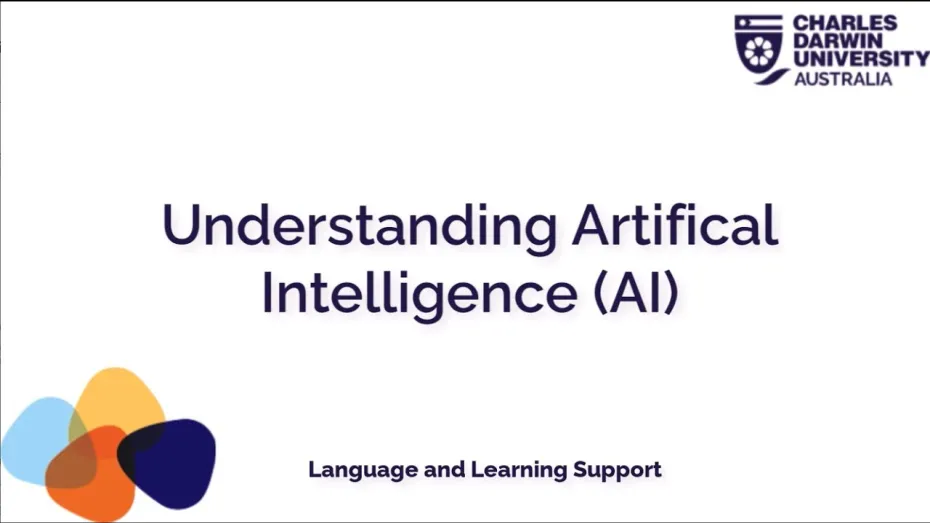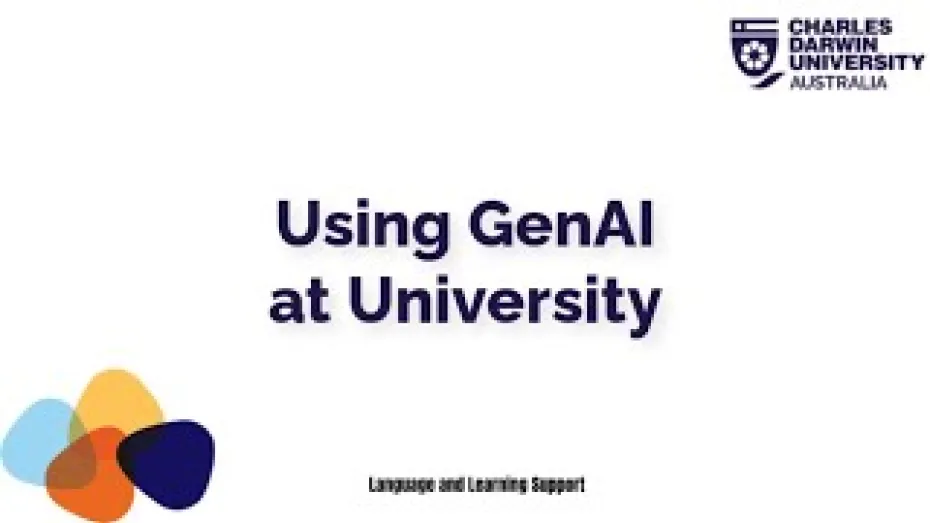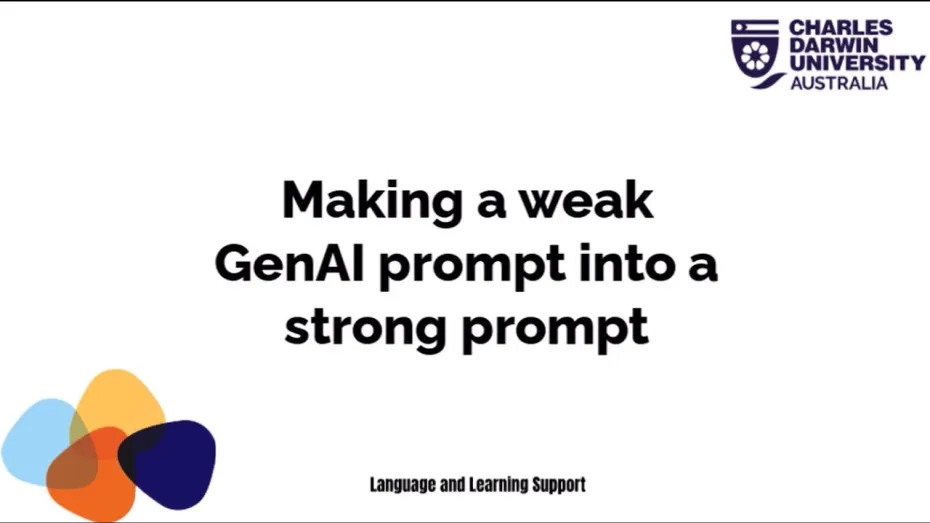View Transcript
This video will introduce you to the basics of artificial intelligence.
Have you ever wondered what AI is all about?
This video will give you an understanding of the fascinating world of Artificial Intelligence and why, as a university student, it's worth your attention.
Artificial Intelligence, or AI, is a revolutionary field of science that aims to create intelligent machines that can learn and perform tasks on par with humans.
But AI isn't just one thing.
In fact, there are three main types of AI. They are ANI, AGI, and ASI. Only one type of AI, ANI, has been achieved to date.
ANI or Artificial Narrow Intelligence refers to AI systems that perform a specific task remarkably well but lack the ability to succeed outside their domain. This type of AI is known as ‘weak AI’ and includes voice assistants, image recognition, and content generators.
ANI is prevalent in our daily lives and can be found in various applications we interact with regularly. If you’ve ever asked Siri a question, unlocked your phone with your face, or used Chatbots, you’ve experienced ANI.
Let's move on to Artificial General Intelligence or AGI. This is the next level of AI, wherein machines possess an intelligence akin to humans. They would be able to perform broad tasks beyond their domain and exhibit reasoning, creativity, and problem-solving abilities. This type of AI is still only a possibility.
Lastly, there's ASI or Artificial Super Intelligence. ASI would possess abilities far beyond human capacity and could solve problems a human would never understand.
Due to these immense capabilities, it is theorised that ASI would be capable of either securing or threatening the future of humanity.
However, at this time, ASI is only a hypothetical future stage of AI development.
This video provided a brief introduction to the fascinating world of AI. As students, you are most likely to use GenAI, a type of Artificial Narrow Intelligence that uses prompts to generate output.
If you’d like to know more, continue working through the rest of this page to learn how GenAI works and how you can use it responsibly and effectively. And don’t forget to speak to a Language and Learning advisor if you need more help.









